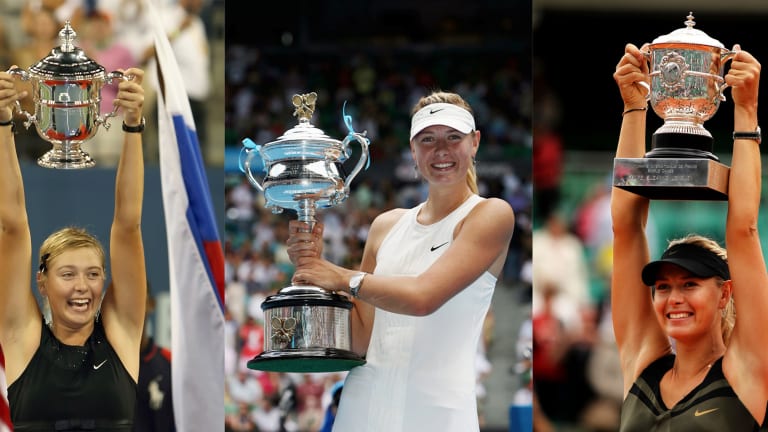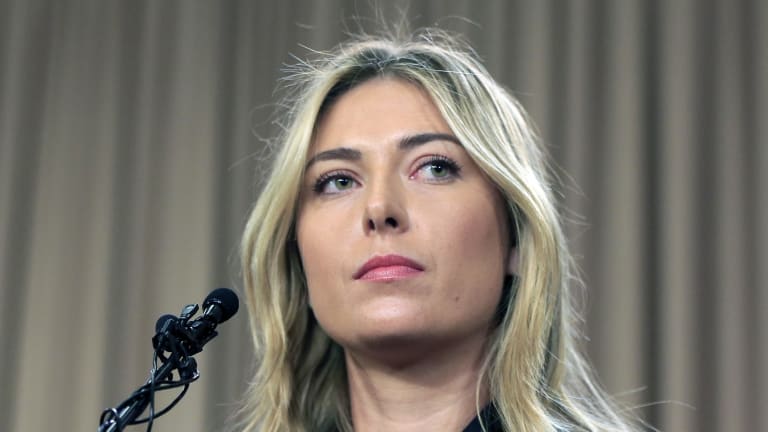International Tennis Hall Of Fame
Maria Sharapova’s election to the Hall of Fame may be polarizing, but it’s deserved
By Oct 24, 2024International Tennis Hall Of Fame
International Tennis Hall of Fame launches “Be Legendary” youth program in Melbourne, Indian Wells and Miami
By Dec 05, 2024International Tennis Hall Of Fame
Maria Sharapova and the Bryan brothers are elected to the International Tennis Hall of Fame
By Oct 24, 2024International Tennis Hall Of Fame
Maria Sharapova, Bob and Mike Bryan nominated for International Tennis Hall of Fame
By Sep 03, 2024International Tennis Hall Of Fame
Leander Paes: Doubles maestro, International Tennis Hall of Fame inductee
By Jul 19, 2024International Tennis Hall Of Fame
Richard Evans, veteran journalist, joins International Tennis Hall of Fame Class of 2024
By Jul 18, 2024International Tennis Hall Of Fame
Vijay Amritraj, 2024 International Tennis Hall of Fame inductee, is making tennis communal
By Jul 17, 2024International Tennis Hall Of Fame
New in 2025: Tennis Hall of Fame moves ceremony to August, Newport to host combined 125-level event in July
By Jul 17, 2024International Tennis Hall Of Fame
Leander Paes and Vijay Amritraj are the first Asian men elected to the Tennis Hall of Fame
By Dec 13, 2023International Tennis Hall Of Fame
Leander Paes, Vijay Amritraj, Richard Evans to be inducted into International Tennis Hall of Fame
By Dec 13, 2023International Tennis Hall Of Fame
Maria Sharapova’s election to the Hall of Fame may be polarizing, but it’s deserved
On a woman who played every point like it was her last, won an unlikely career Grand Slam, and took her losses like a champ.
Published Oct 24, 2024
Advertising

Sharapova made her presence heard at Wimbledon from an early age.
© Getty Images
Advertising
Advertising

Sharapova won the US Open in 2006, the Australian Open in 2008, and Roland Garros twice, in 2012 and 2014.
© Getty Images
Advertising

Sharapova at a press conference in May 2016, when she announced that she'd failed a doping test for meldonium.
© AP